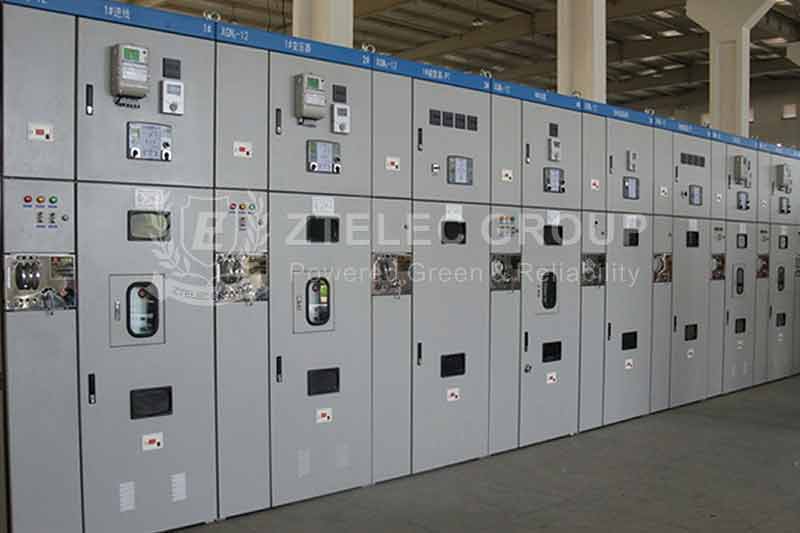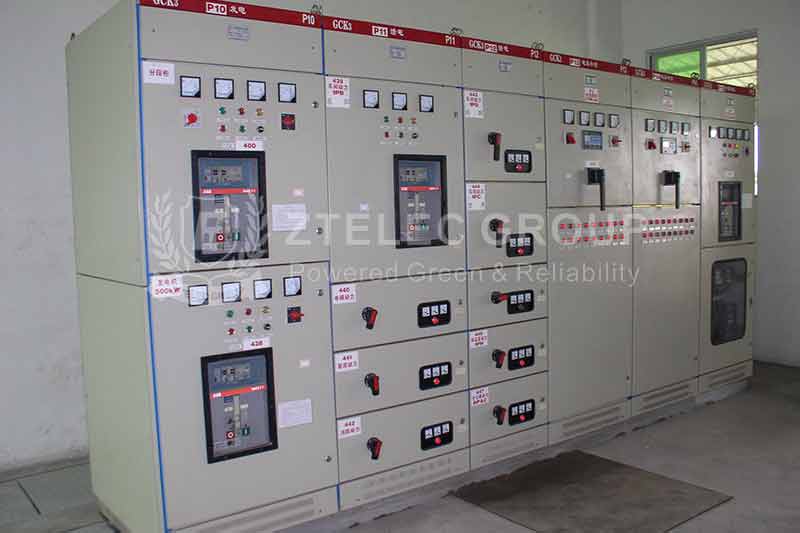Exploring the Different Types of Switchgear in Modern Electrical Systems
Switchgear plays a crucial role in the operation and reliability of electrical systems. As a collection of devices used to control, protect, and isolate electrical equipment, switchgear ensures the safe and efficient functioning of power distribution. In this article, we will explore the various types of switchgear commonly used in modern electrical systems, their applications, and their significance in maintaining system integrity.

High-Voltage-Switchgear
1. Introduction to Switchgear
Switchgear encompasses a range of electrical devices that include circuit breakers, fuses, disconnectors, switches, and relays. These components work together to manage the flow of electricity, protect against faults, and isolate parts of the system for maintenance or emergencies. The selection of appropriate switchgear is essential for ensuring safety, reliability, and efficiency in electrical networks.
2. Types of Switchgear
Switchgear can be broadly categorized based on its application, configuration, and the voltage levels it handles. Here are the main types:
a. Low-Voltage Switchgear (LVSG):
Low-voltage switchgear is designed for applications up to 1,000 volts. It is commonly used in residential, commercial, and industrial settings. Key components include:
· Circuit Breakers: Protect against overloads and short circuits by interrupting the current flow.
· Fuses: Provide overcurrent protection by melting and breaking the circuit when a fault occurs.
· Contactors and Relays: Control electrical devices and automate operations.
b. Medium-Voltage Switchgear (MVSG):
Medium-voltage switchgear operates in the range of 1 kV to 36 kV. It is typically used in utility and industrial applications for power distribution. Components include:
· Vacuum Circuit Breakers (VCB): Utilized for their compact size and high reliability in interrupting current.
· Air Insulated Switchgear (AIS): Offers flexibility and ease of maintenance in outdoor installations.
· Gas Insulated Switchgear (GIS): Suitable for limited space applications, GIS uses insulating gas (like SF6) to reduce the size of the equipment.
c. High-Voltage Switchgear (HVSG):
High-voltage switchgear is employed in systems exceeding 36 kV. It is crucial for substations and large power plants. Types include:
· Dead Tank Circuit Breakers: Designed to withstand high voltages and protect equipment by containing the arc within the tank.
· Live Tank Circuit Breakers: Utilizes the insulation properties of the surrounding air to maintain operation at high voltages.

Low-Voltage-Switchgear
3. Applications of Switchgear
Switchgear is integral to various applications, including:
· Power Generation: Protecting generators and transformers in power plants.
· Power Distribution: Managing the distribution of electricity to residential, commercial, and industrial users.
· Renewable Energy: Facilitating connections to solar panels and wind turbines while ensuring system protection.
· Data Centers: Providing reliable power supply and protection for sensitive equipment.
4. Importance of Switchgear in Electrical Systems:
The significance of switchgear in electrical systems cannot be overstated:
· Safety: Switchgear protects personnel and equipment from electrical faults and overloads.
· Reliability: It ensures continuous power supply by quickly isolating faulty sections of the system.
· Maintenance: Facilitates safe maintenance practices by allowing for the isolation of equipment.
· Control: Enables efficient control of electrical systems, improving overall performance and efficiency.
As electrical systems continue to evolve with advancements in technology and increasing demands for reliability and efficiency, the role of switchgear becomes ever more critical. Understanding the different types of switchgear and their applications is essential for engineers, technicians, and decision-makers involved in the design and operation of electrical systems. By selecting the appropriate switchgear, organizations can enhance safety, optimize performance, and ensure the integrity of their electrical networks.
Switchgear remains a vital component in the landscape of modern electrical infrastructure, bridging the gap between generation, distribution, and utilization of electrical energy.
- more+releated article
- 2026-01-04Common Power Transformer Faults: Causes, Solut
- 2025-12-312026 New Year Holiday Notice
- 2025-12-31Operation, Maintenance, and Service Life Manag
- 2025-12-30How to Select a 100 kVA–500 kVA Distribution
- 2025-12-29The Impact of NHN NMN Composite Insulation on
- 2025-12-26Practical Application of GPO-3 Insulation Boar
- 2025-12-2510kV Transformer Replacement Timeline: Install
- 2025-12-25Low Smoke EN45545 GPO3 UPGM203 Laminated Board
- 2025-12-24Merry Christmas — ZTelecgroup Christmas Cele
- 2025-12-24How to Select a Suitable 50kVA–500kVA Distri





